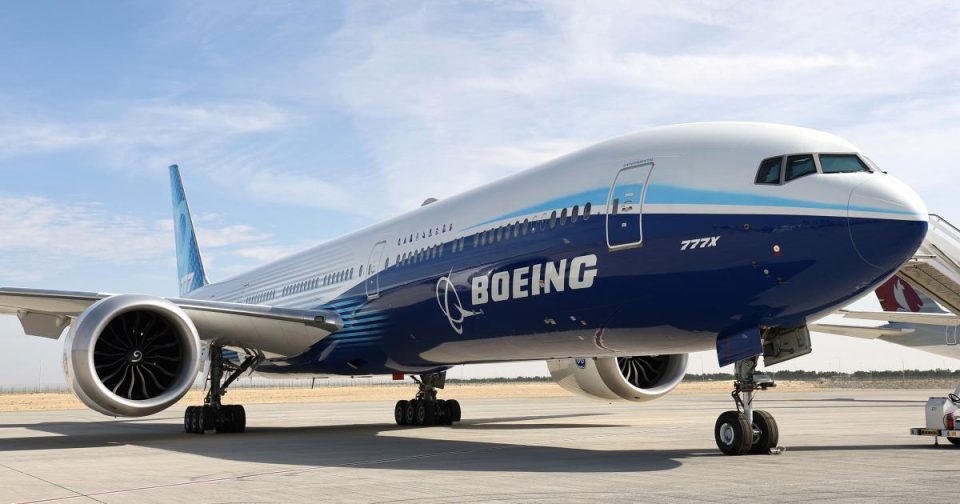Boeing (NYSE: BA) is set to restart airplane deliveries to China in June 2025, marking a key step toward restoring its presence in one of the world’s largest aviation markets. The company also plans to ramp up production of its 737 Max jets amid improving demand and easing regulatory tensions.
China’s three biggest airlines, Air China, China Eastern Airlines, and China Southern Airlines, had collectively planned to take delivery of 179 Boeing aircraft between 2025 and 2027. Specifically, Air China expected 45 planes, China Eastern 53, and China Southern 81 during this period. The resumption of deliveries will allow Boeing to fulfill these outstanding orders, which had been stalled due to a directive from the Chinese government halting Boeing jet deliveries amid escalating trade tensions with the U.S.
The delivery halt, which began earlier this year, was part of a broader trade dispute involving tariffs and import restrictions on U.S. aviation parts. Boeing had several 737 Max 8’s originally destined for Chinese carriers that were flown back to the U.S. after China’s government ordered airlines to suspend receiving new Boeing jets. With deliveries resuming next month, Boeing can now begin to clear the backlog of undelivered aircraft intended for China.
Boeing’s CEO confirmed the plan to restart deliveries next month but did not specify the exact number of planes to be delivered initially. However, considering the previously planned volumes, Boeing is expected to deliver a significant number of aircraft to Chinese customers over the next two to three years.
Alongside the delivery resumption, Boeing intends to increase production of its 737 Max, the backbone of its commercial aircraft lineup. The company currently produces fewer than the FAA-approved 38 Max jets per month, with April 2025 production at 31 units, including 24 Max 8’s, six Max 9’s, and one Max 10. Boeing’s CEO announced ambitions to raise Max production to 52 aircraft per month, though industry analysts view this as a longer-term goal given ongoing supply chain challenges and regulatory approvals.
The 737 Max remains Boeing’s best-selling aircraft, with a strong backlog fueled by global demand for fuel-efficient single-aisle planes. As of the end of April 2025, Boeing had an inventory of 97 undelivered but completed Max jets, including 59 Max 8’s, 30 of which were originally intended for Chinese airlines and now need to be reassigned to other customers. Some of these jets are being prepared for delivery to airlines like Air India Express, which will receive aircraft previously destined for China Southern Airlines.
In April 2025, Boeing delivered a total of 45 commercial aircraft globally, a slight increase from 41 in March. Of these, 29 were 737 Max jets, with major deliveries to U.S. carriers such as United Airlines, Ryanair, and Southwest Airlines. Boeing also delivered eight 787 Dreamliners, four 777 freighters, and three 767’s. Deliveries to Chinese airlines briefly resumed in April but were halted again following government directives.
Boeing’s ability to fulfill orders and increase production is critical to its financial recovery. The company delivered 350 commercial aircraft in 2024, down 33.7% from 528 in 2023, largely due to the Max grounding and pandemic-related disruptions. For 2025, Boeing aims to deliver approximately 570 aircraft worldwide, approaching its 2023 delivery levels, though this target may be adjusted depending on supply chain and geopolitical developments.
The resumption of deliveries to China and the planned production ramp-up position Boeing to capitalize on the expected recovery in global air travel demand. China remains a vital market for Boeing, and fulfilling these orders will help strengthen its competitive position against Airbus, which delivered 56 aircraft in April 2025 and continues to grow its order book.

